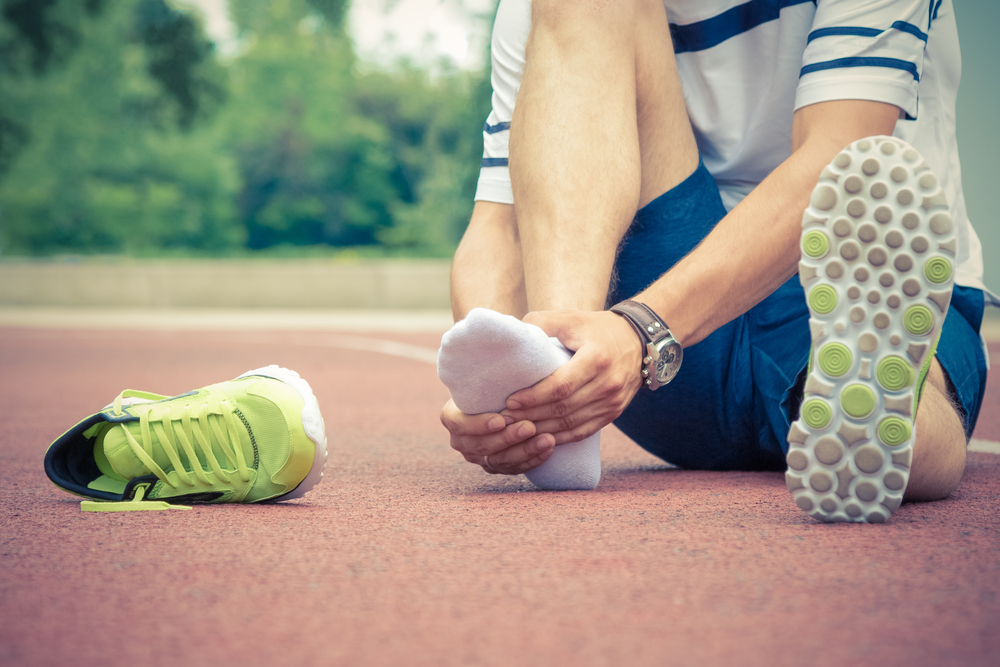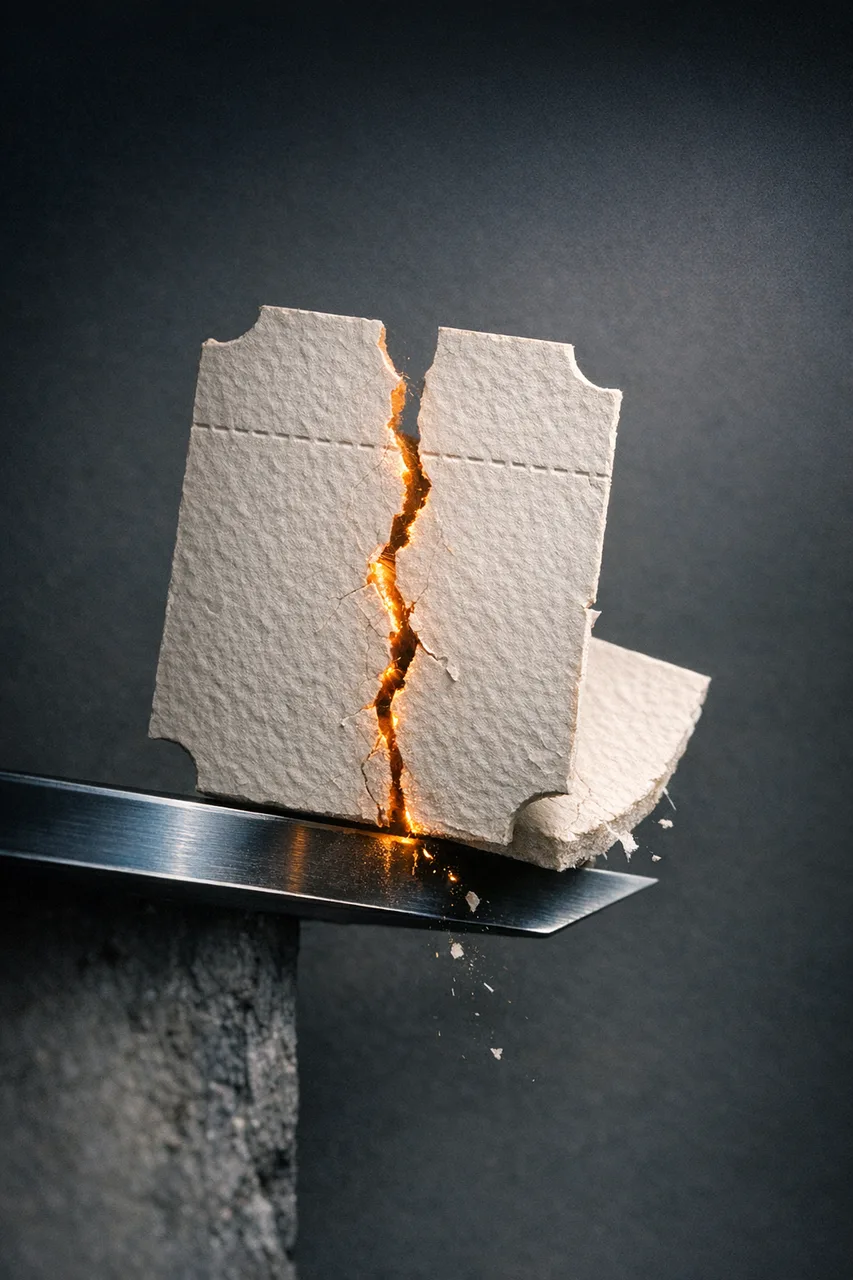
Plantar Fascia is the connective tissue running across the bottom part of the feet. If inflamed, it results in a condition referred to as plantar fasciitis. It is a very painful condition, and most people with the condition experience it every morning when they step out of bed. It is associated with a sudden change in activity or overusing the feet, so you you may want to consider easing off the said activity to reduce the intensity of pain.
Other people experience the condition because of weight gain, and as such, weight loss is sometimes advocated. Keep in mind that, previous foot injuries, tight foot muscles, or poor arch support can cause a predisposition to plantar fasciitis. There are advanced and interesting ways to reduce the discomfort from the condition, such as shoes for plantar fasciitis. However, you can always try out some of the home remedies detailed below to reverse the plantar fasciitis.
1. Calf Stretching In Bed
If you're suffering from the painful condition, the first few steps out of bed will determine the symptoms for the rest of the day. Keep in mind that, these steps can exacerbate the condition causing more pain and inflammation. To avoid this, you should stretch your calf before getting out of bed in the morning. If the muscles in the calf are tight, they will pull the heel bone, tightening the plantar fascia. As a result, it will be very susceptible to injury. To loosen the muscles in your feet, you should take a towel or a belt and tie it around the bottom part of your foot. Keep your leg straight and pull the belt or towel towards your body till the lower part of your leg stretches. Hold the position for 30 seconds and repeat 5 times before getting out of bed. Here is a good page with info.
2. Stretching The Plantar Fascia
It's a good idea to loosen the tight plantar fascia muscles, but you have to do it the right way. Use your hand to pull your toes upwards until you feel the ball of your foot stretching or the heel. You should hold the position for at least 30 seconds and repeat it a few times to reduce the pain and discomfort from plantar fasciitis.
3. Extra Calf Stretching Out Of Bed
Once you have done a few calf stretches in bed, you should consider doing some more out of bed. Yes, it might seem like overkill, but it is one of the crucial ways to recovering from plantar fasciitis. You should work on stretching the main muscles in the lower leg, especially those attached to the heel. Slide one leg backwards while standing against a wall and push the heel downwards to the floor. If you feel the lower part of your leg stretching, you should hold the position for 30 seconds. Once you're done, bend your knees until you feel a deeper stretch in the lower part of the leg. You should hold the position for 30 more seconds and repeat the stretches at least 3 times on each leg.
4. Massage
Everyone loves a good massage, and it's a good idea to pay someone to massage the tissues on the bottom part of your feet. If you can't afford to pay for a professional massage, you should try out a tennis ball. Place it on the ground and step on it with your foot. Gently roll the ball underneath it for a few minutes to loosen the plantar fascia. As a result, it will become less irritated. You should put a lot of pressure on the ball for the best massage results. There might be some soreness with the procedure, but you should stop doing it if there is any pain.
While using the tennis ball to loosen your tight muscles, you should consider icing to keep the inflammation under control. Take a frozen water bottle and roll it on the bottom part of your foot for about 10 minutes. It's a very effective way to keep the inflammation in check while loosening the muscles. You can also try massaging the bottom part of your feet with your hands to make sure it stays loose before or after getting out of bed.
If not managed, plantar fasciitis can result in dire pain in the bottom part of the feet. Therefore, it's advisable to follow these and more tips to make sure you can keep it at bay. You can always consult a doctor if the pain is unmanageable.
You may also like

What Happens If ACA Tax Credits End?

The Byheart Recall, Explained for Parents

What's Behind California's 2025 Crime Drop?

Why Holiday Shopping Looks Different in 2025

Fentanyl Called a WMD: What Changes Now?
